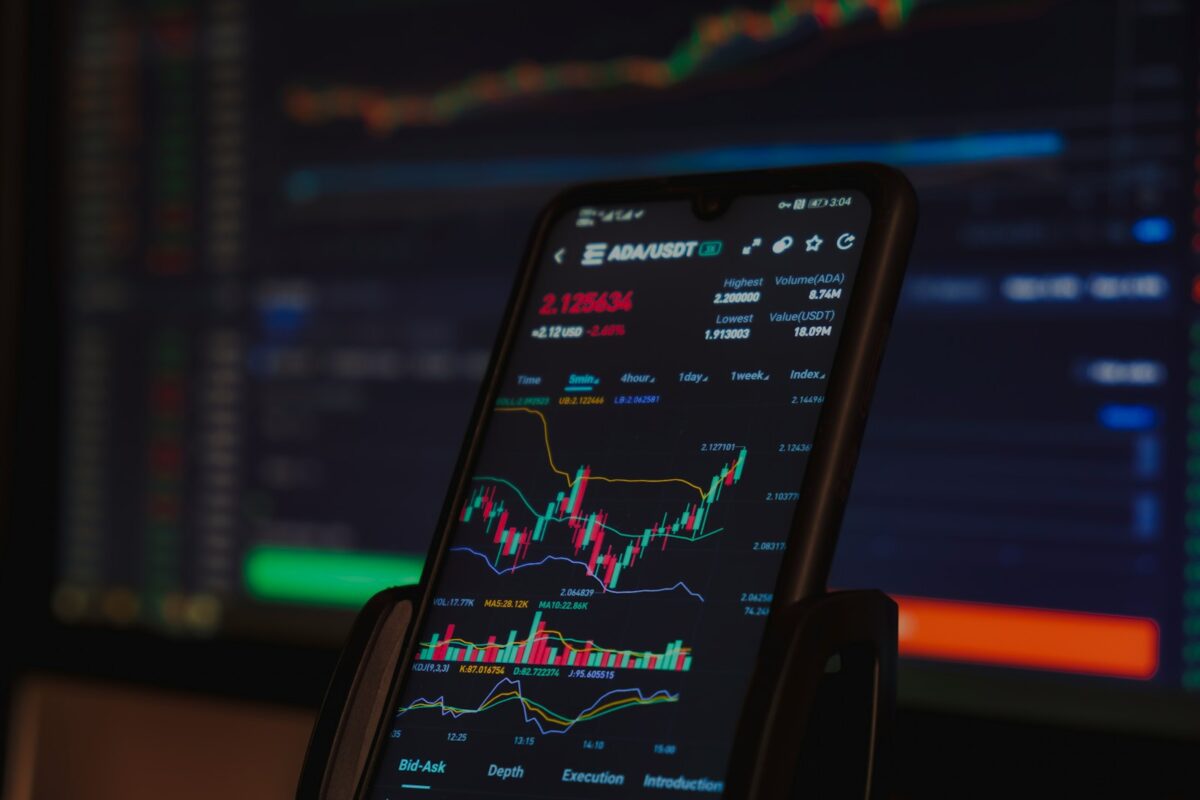Scalping trading strategy
For those seeking rapid gains, employing a method centered on very brief market entries can yield substantial returns by exploiting small price fluctuations. This approach demands executing numerous transactions within short periods, capitalizing on minimal shifts before they reverse. The risk involved is elevated due to the necessity of precise timing and immediate decision-making; however, […]










